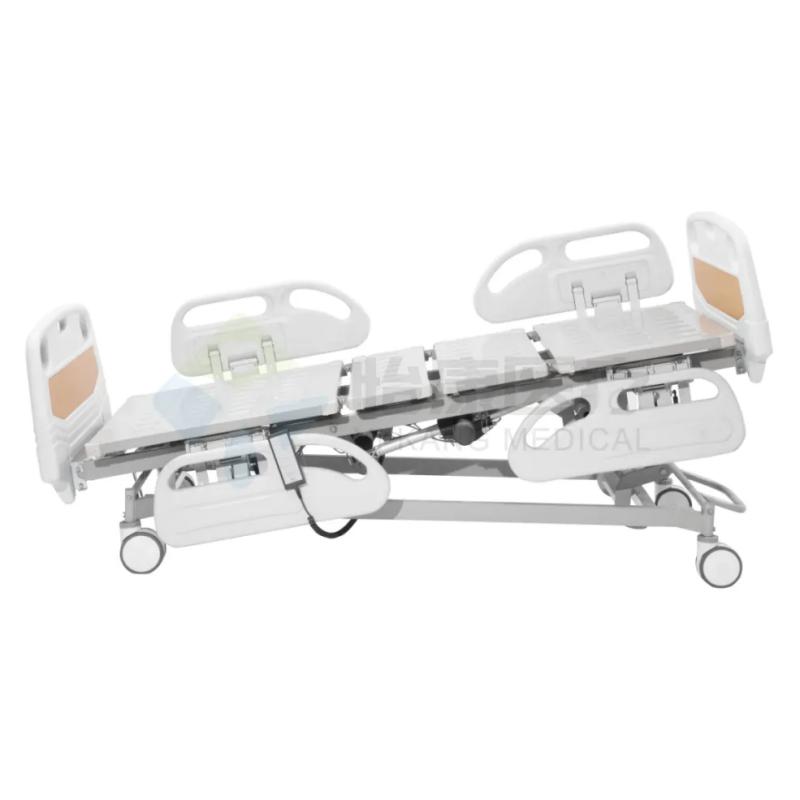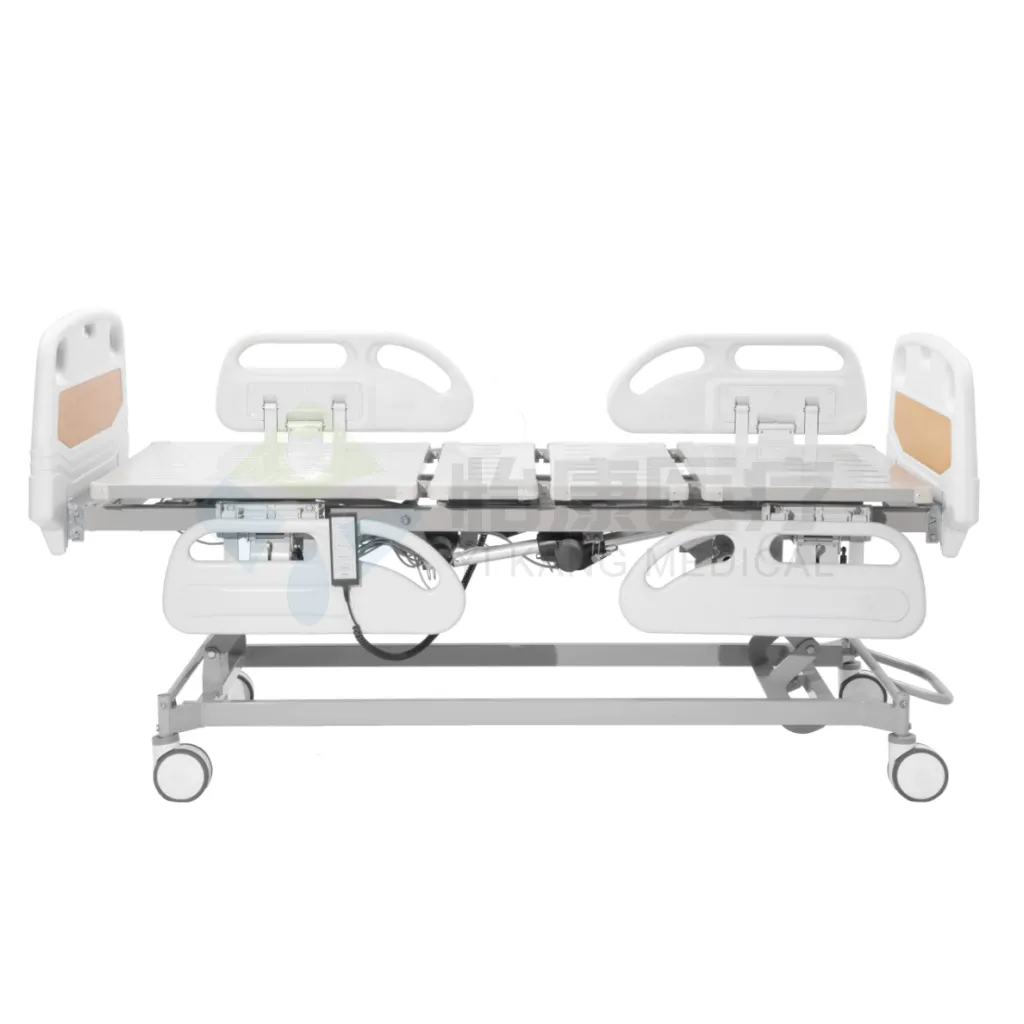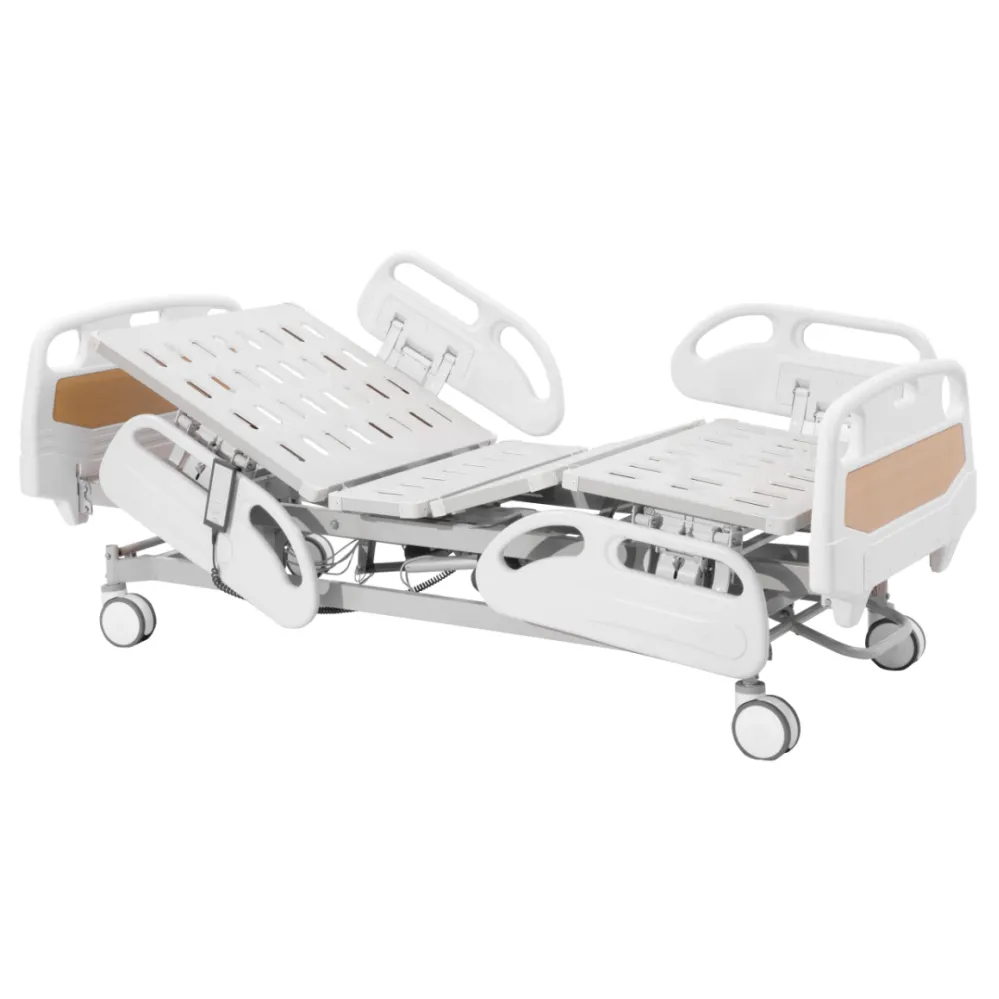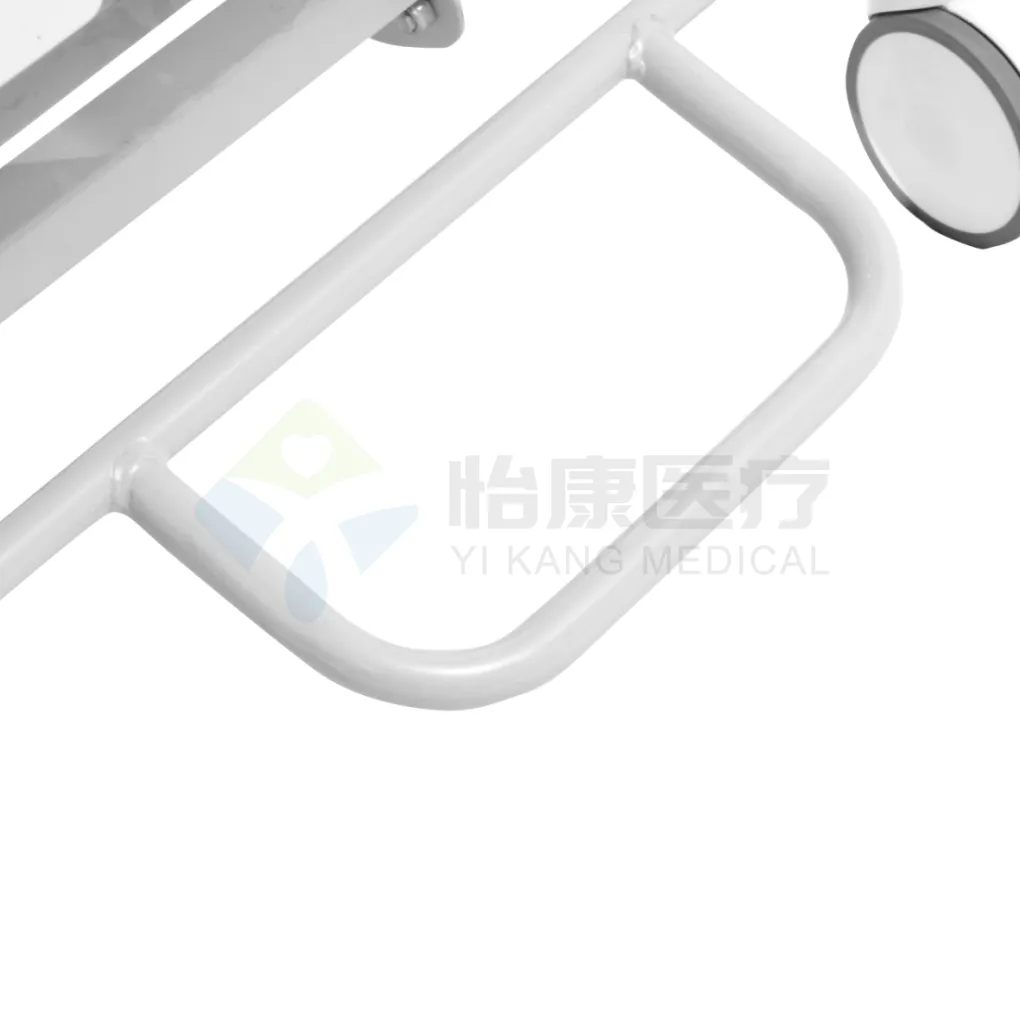In a medical care environment, hospital patient beds are important equipment during the patient's rehabilitation period, and they bear multiple responsibilities of supporting the body, cooperating with treatment, and ensuring safety. Recently, the topic of "Can two people sleep on a hospital patient bed?" has attracted widespread attention from all walks of life.
This article will discuss this issue in detail, deeply analyze the design standards, functional characteristics, carrying capacity, and applicable population of hospital patient beds, and answer this question scientifically and rigorously.

Basic definition and function of hospital patient bed
First of all, it is necessary to clarify what a hospital patient bed is. Hospital patient bed refers to a bed specially designed for patients during treatment and rehabilitation. Compared with ordinary household beds, it has the characteristics of adjustability, good support, and easy care. Hospital patient beds not only need to meet the basic needs of patients resting in bed, but also need to cooperate with clinical treatment and nursing operations, such as convenient infusion, turning over, preventing pressure sores, and rescue.
Common hospital patient bed functions include:
● Bed height adjustment: It is convenient for patients to get on and off the bed and reduce the burden on nursing staff.
● Back and leg angle adjustment: allows patients to lie or half-lying in a comfortable position.
● Overall tilt function: helps blood circulation and specific treatment needs.
● Guardrail design: prevents patients from falling out of bed and getting injured.
● Movement function: facilitates bed movement and emergency operations.
From the functional attributes, the design core of hospital patient bed is "single bed", giving priority to the safety and comfort of medical care for patients.

Standard size and load-bearing design of hospital patient bed
To discuss whether hospital patient bed can accommodate two people sleeping at the same time, it is necessary to understand the standard size and load-bearing capacity of hospital patient bed.
1. Standard size
The sizes of different types of hospital patient beds are slightly different, but the usual range is as follows:
● Standard single bed: The width is generally 90-100 cm and the length is 190-210 cm.
● Widened bed (such as ICU bed, intensive care bed): The width can reach 110-120 cm.
Compared with ordinary household beds (usually double beds are 150-180 cm wide), it is obvious that most hospital patient beds are single bed specifications.
2. Load-bearing capacity
Standard hospital patient beds are usually designed to bear a load of 150-250 kg, and some special beds for critical care or bariatric (obese patients) beds can withstand a weight of 300-500 kg.
However, it should be noted that although the load-bearing range of some hospital patient beds seems to be able to support two lighter people, they are originally designed for single-person use, and the load-bearing calculation is mainly based on single-point pressure distribution, rather than the situation where two different force centers act simultaneously.
Problems with two people sleeping together on a hospital patient bed
Even though some hospital patient beds seem to be able to support two people in terms of load-bearing capacity, from a professional perspective, there are still many problems in arranging two people to sleep together on a hospital patient bed, including the following aspects:
1. Small space leads to safety hazards
Since the width of the hospital patient bed itself is small, two people sleeping on the same bed at the same time cannot stretch their bodies naturally, and the following problems are prone to occur:
● Difficulty turning over: The patient's turning over space is limited, increasing the risk of falling out of bed;
● Interference with rest: The movement of one party can easily affect the other party, interfering with the quality of sleep;
● Limited medical operations: Nursing staff are limited when performing infusion, turning over, and positional care, affecting the treatment effect.
2. Uneven load design of the bed
The bed structure and mechanical distribution design of the hospital patient bed are designed for the scenario of uniform force on a single person. If the weight of two people is unevenly distributed, it is easy to cause:
● Local excessive force: increase the risk of deformation and breakage of the bed frame;
● Electric system overload: some electric adjustment functions cannot work properly, and even cause motor damage;
● Overcompression of the mattress: affect the patient's comfort and anti-pressure sore performance.
3. Interference with medical care
The presence of two people on the hospital patient bed at the same time will seriously affect the development of medical care:
● Chaotic layout of monitoring equipment: such as ECG monitors, infusion stands and other equipment layout is blocked;
● Difficult rescue: Once an emergency occurs, such as cardiac arrest or respiratory arrest, medical staff need to rescue the patient quickly. If two people share a bed, the rescue space is limited, delaying the treatment time;
● Increased infection control risk: In the hospital environment, cross-infection control is very important. Two people sharing a bed increases the probability of pathogen transmission, especially in infectious disease management. The risk is extremely high.

Hospital system and management requirements
In most countries and regions, hospital management regulations clearly prohibit patients from sleeping in the same bed with others on the hospital patient bed. This regulation is based on the following considerations:
● Protect patient privacy: Each patient should have an independent rest and treatment space;
● Prevent medical accidents: Reduce the occurrence of accidents such as falling out of bed, falling, and rescue difficulties;
● Ensure nursing quality: Reserve sufficient space for nursing operations;
● Control hospital infection: Especially in infectious disease wards and postoperative recovery areas, cross-infection control is particularly critical.
For example, both the US medical and health institutions (such as the Joint Commission) and China's "Nosocomial Infection Management Standards" have strict requirements for the space setting of inpatients, and explicitly prohibit arranging multiple people to rest or stay overnight in hospital patient beds at the same time.
Solutions for special circumstances
Although hospital patient beds are generally not allowed to sleep together, in some special situations, such as when accompanying care is needed, hospitals usually provide other solutions instead of letting two people share a hospital patient bed.
1. Companion bed
The companion bed is a small folding bed designed for family members to accompany patients. It is usually placed in a corner of the ward, which not only meets the needs of accompanying care, but also does not occupy medical operation space. The accompanying bed has the following characteristics:
● Foldable and easy to move;
● Meet safety standards;
● Do not interfere with the normal care of medical staff.
2. Accompanying sofa chair
Some high-end wards are equipped with reclining sofa chairs, where family members can rest next to them, and can be unfolded into a small bed when necessary. This design takes into account the space requirements for patient care and medical care.
3. Independent accompanying area
Some comprehensive hospitals have special accompanying areas or wards, allowing family members to rest for a short time while keeping an appropriate distance from the patient to ensure the smooth progress of patient care.
Based on the above analysis, it can be clearly concluded that:
Hospital patient beds are not suitable for two people to sleep at the same time.
Although the load-bearing range of some hospital patient beds seems to be able to support two people, considering multiple factors such as space, safety, nursing, and infection control, the design and use specifications of hospital patient beds are based on single-person use. Hospital patient beds are mainly for the treatment and rehabilitation of patients, and their structure and function cannot meet the needs of two people sleeping in the same bed. Any violation of this principle will have a negative impact on the treatment, quality of care and safety of patients.

What makes Yikang Medical a trustworthy manufacturer?
Foshan Yikang Medical Technology Co., Ltd has built a solid reputation as a trustworthy manufacturer and supplier of high-quality medical products. Our commitment to quality, reliability, and customer satisfaction has made us a preferred partner for hospitals and medical facilities.
We are ISO13485, ISO9001, CE, and FDA certified, ensuring that all our products meet the highest international standards. By choosing us, you can be confident in receiving high-quality, cost-effective solutions for your healthcare needs.

